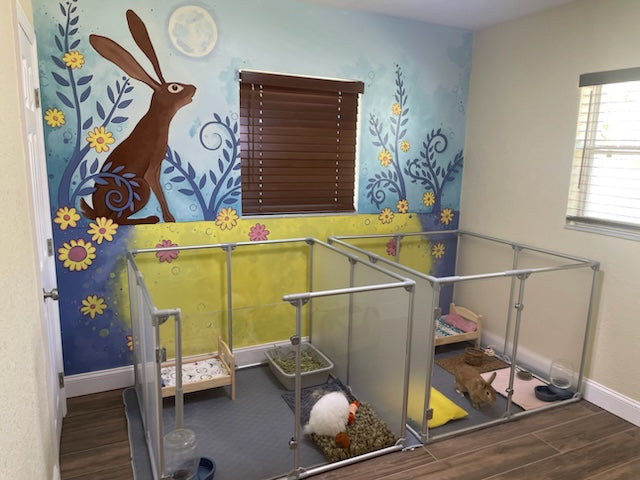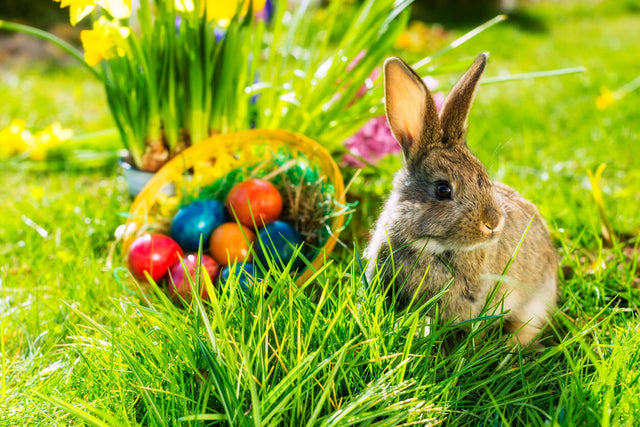When it comes to caring for rabbits, one of the most common misconceptions is how much space they actually need. While rabbits are often associated with small cages or hutches, the truth is that they’re highly active animals who require ample room to move, explore, and engage in natural behaviors like hopping, stretching, and digging. Providing enough space isn’t just about comfort—it’s essential to their physical and mental health.
So, how much space does a rabbit need? According to the House Rabbit Society, a single rabbit should have at least 8 square feet of enclosed space combined with a minimum of 24 square feet of exercise space, for at least 5 hours per day. That means your rabbit’s primary enclosure—whether it’s a pen or a gated room—should be large enough for them to move freely and stand upright on their hind legs without their ears touching the top. They should also be able to hop three to four times in a row, which requires more than the average cage provides.

Traditional cages often fail to meet these needs, especially if they are marketed toward small animals in general. While rabbits may appear content curled up in a corner, confinement without space to exercise can lead to muscle atrophy, obesity, and behavioral problems such as aggression or depression. Just like dogs or cats, rabbits thrive when given freedom and opportunities to explore in a safe environment.

If your rabbit lives indoors—which many pet rabbits do—a playpen-style enclosure is often a better choice than a cage. Modular pens, like our transparent Lucidium pens, offer more flexibility and visibility while providing rabbits with enough room to stretch, hop, and interact with their surroundings. These pens can be customized to fit your space and even expanded if your bunny shares the area with a bonded mate.

It’s also important to think beyond the enclosure. Rabbits need daily exercise time outside of their pen to roam safely. Whether it’s a rabbit-proofed room or a sectioned-off part of the home, giving them the opportunity to run, binky, and play helps prevent boredom and keeps them physically fit. During free roam time, you’ll want to supervise them closely or have a completely rabbit-proofed area to avoid any chewing hazards.

Space requirements increase if you have more than one rabbit, which is ideal since bunnies are social creatures. A bonded pair needs even more space to coexist peacefully and avoid territorial disputes. In general, plan for at least 12–16 square feet of enclosure space for a pair, with plenty of extra room for enrichment items like hideouts, tunnels, and litter boxes.
Ultimately, a rabbit’s living space should reflect their personality and energy. Some rabbits are more laid back, while others are nonstop explorers. Observe your rabbit’s behavior and adapt their environment to meet their needs. The more room you give them to be a rabbit, the happier and healthier they’ll be.

Whether you’re considering upgrading your rabbit’s setup or preparing to welcome one into your home, remember: space isn’t a luxury—it’s a necessity.
Find similar articles:
RabbitsMore stories



